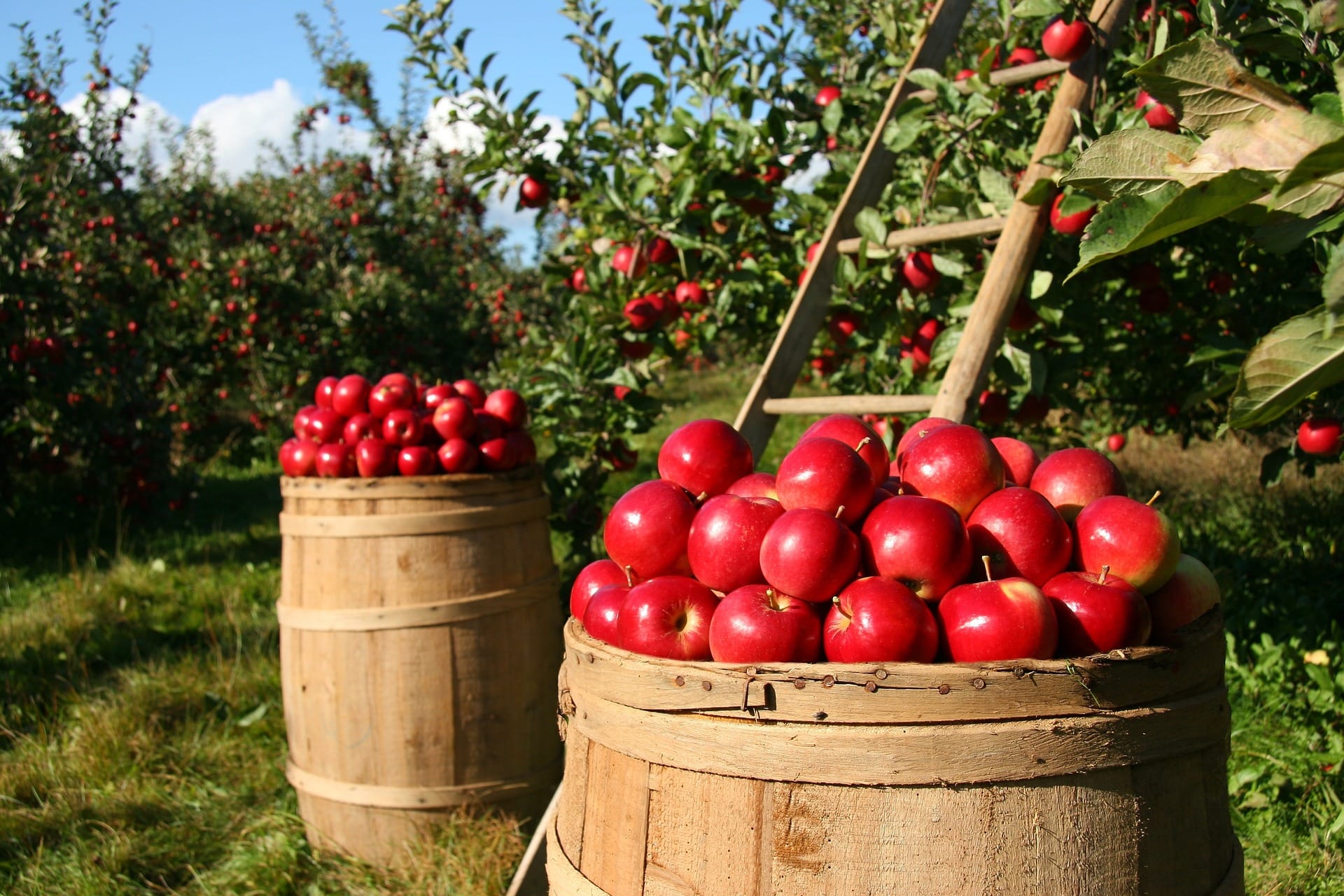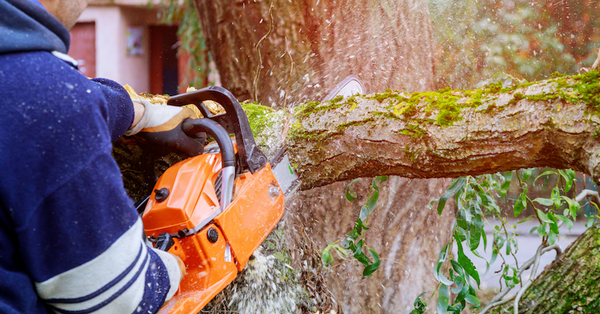A garden is a dynamic ecosystem where each element is crucial in maintaining balance and harmony. Among the various components, trees stand tall as pillars of strength, providing shade, enhancing aesthetics, as well as contributing to the overall well-being of the environment. However, proper maintenance is paramount to ensure that trees continue to thrive and fulfill their roles. This article dives into the significance of tree maintenance in fostering a healthy and thriving garden.
The Importance of Trees in a Garden
Environmental Benefits
Trees are environmental champions, playing a pivotal role in maintaining ecological balance. They absorb carbon dioxide, releasing oxygen during photosynthesis, helping mitigate greenhouse gas impacts. Additionally, trees are natural air purifiers, filtering pollutants and enhancing air quality. A garden with well-maintained trees becomes a sanctuary for cleaner, fresher air. For this reason, reputable Tree Surgeons London specialists suggest implementing proper tree maintenance practices to maximize these environmental benefits. Tree surgeons, also known as arborists, bring a wealth of knowledge to the table. Their specialized training allows them to assess the health of trees comprehensively. They can identify potential issues, including diseases, pest infestations, and structural concerns, by conducting thorough examinations. This proactive approach enables early intervention, preventing the spread of problems and promoting the long-term well-being of trees.
Aesthetic Appeal
Beyond their environmental contributions, trees significantly contribute to the visual appeal of a garden. Their majestic presence, seasonal foliage changes, and diverse shapes add character and charm to outdoor spaces. Properly maintained trees can serve as focal points, creating a visually stunning landscape that enhances the overall aesthetics of the garden.
Moreover, a well-maintained garden with aesthetically pleasing trees can positively impact the mental well-being of people, providing a tranquil and inviting space for relaxation. The interplay of colors, textures, and shapes in a garden adorned with flourishing trees creates an immersive and rejuvenating environment for homeowners and visitors alike.
Wildlife Habitat
Trees provide shelter and sustenance for many wildlife, from birds and insects to small mammals. Maintaining trees ensures the preservation of these habitats, supporting biodiversity within the garden. A thriving garden is a testament to the health of its trees and the richness of its ecosystem. Furthermore, the interconnected web of life within a flourishing garden extends beyond the branches and leaves of trees, fostering a delicate balance that sustains various species. By preserving these habitats through proper tree maintenance, gardeners play a crucial role in promoting biodiversity and ensuring the coexistence of diverse forms of life within the natural tapestry of their outdoor spaces.
The Significance of Tree Maintenance
- Health and Longevity: Like any living organism, trees require care and attention to thrive. Regular maintenance practices, including pruning, watering, and disease management, contribute to trees' overall health and longevity. By addressing issues early, you will be able to prevent the spread of diseases, control pest infestations, and promote the vitality of your garden's arboreal inhabitants.
- Structural Integrity: Proper maintenance plays a crucial role in ensuring the structural integrity of trees. Regular pruning helps eliminate weak or diseased branches, reducing the risk of breakage when storms or adverse weather conditions happen. This not only safeguards the tree itself but also prevents potential damage to surrounding structures and ensures the safety of the garden's occupants.
- Optimal Growth and Canopy Development: Pruning is a crucial aspect of tree maintenance that promotes optimal growth and canopy development. By selectively removing branches, you can shape the tree, directing its growth to enhance its natural form and prevent overcrowding. This allows better sunlight penetration, an essential component for the tree's overall health and the plants beneath its canopy.
Tree Maintenance Practices
- Regular Pruning and Trimming: Pruning is a fundamental practice in tree maintenance. It involves the selective removal of branches, improving the tree's structure, promoting healthy growth, and eliminating potential hazards. Regular trimming maintains the shape and size of the tree, preventing overgrowth that may lead to structural issues.
- Mulching: Mulching is a simple and effective practice that offers numerous benefits to tree health. Mulch retains soil moisture regulates soil temperature, suppresses weed growth, and provides a layer of organic matter as it decomposes. By mulching around the base of trees, you create a conducive environment for root development and overall tree well-being.
- Watering Consistency: Proper watering is essential for the survival and health of trees. Different species have varying water requirements, so it's crucial to understand the needs of the trees in your garden. Consistent watering, especially during dry periods, prevents stress and dehydration, ensuring trees remain resilient and withstand environmental challenges.
- Disease and Pest Management: Regular inspection for signs of diseases and pests is a proactive approach to tree maintenance. Early detection allows for timely intervention, whether by applying appropriate treatments or removing infected branches to prevent the spread of diseases. Integrating pest management practices helps maintain a healthy balance in the garden ecosystem.
- Soil Care: The soil's condition directly impacts the trees' health. Conduct soil tests to assess nutrient levels and pH and amend the soil accordingly. Applying organic matter, such as compost, enhances soil structure and fertility, providing trees with the essential nutrients they need for robust growth.
Seasonal Considerations in Tree Maintenance
Spring
Spring is a time of renewal and growth for trees. It's an ideal season for pruning as trees enter an active growth phase. Remove dead or damaged branches, and thin out crowded areas for better air circulation. This is also a suitable time for fertilization to support the tree's nutrient requirements.
Summer
Summer brings warmth and increased sunlight, promoting vigorous growth. Adequate watering is crucial during this season, especially in regions experiencing high temperatures. Mulching helps retain soil moisture; regular inspections for signs of pests or diseases should be part of your summer maintenance routine.
Fall
As temperatures cool and daylight decreases, trees begin preparing for dormancy. Fall is an opportune time for additional pruning to remove any remaining deadwood. Collect fallen leaves and use them for composting or mulching. It's also an excellent time to evaluate the tree's overall health before winter sets in.
Winter
Winter is a period of dormancy for many trees. While growth slows down, it's not a time to neglect maintenance entirely. Winter pruning, especially for deciduous trees, allows for better tree structure visibility. Addressing structural issues during this season prepares the tree for renewed growth in spring.
Common Mistakes in Tree Maintenance
- Over-Pruning: Excessive pruning, also known as over-pruning or "topping," can be detrimental to the health of a tree. Removing too many branches disrupts the natural balance and may lead to stress, diseases, or even death. Prune selectively, focusing on dead or diseased branches and maintaining the tree's structural integrity.
- Improper Mulching: While mulching offers various benefits, improper mulching practices can harm trees. Avoid piling mulch against the tree trunk, as this can lead to moisture retention and encourage rot. Instead, create a well-defined mulch ring around the tree's base, leaving space near the trunk.
- Inadequate Watering: Underestimating the importance of consistent watering is a common mistake in tree maintenance. Insufficient water supply can result in stress, leaf wilting, and increased susceptibility to pests and diseases. Understand the water needs of your trees and adjust your watering routine based on weather conditions and soil moisture levels.
- Ignoring Signs of Disease: Neglecting signs of disease can have severe consequences for tree health. Regularly inspect your trees for unusual discoloration, wilting, or pests. If you notice any abnormalities, promptly identify and address the underlying issue.
The Economic and Social Benefits of Proper Tree Maintenance
A well-maintained garden with healthy, mature trees adds significant value to a property. Trees contribute to curb appeal, creating an inviting and aesthetically pleasing environment. Potential buyers often view trees as assets, appreciating their beauty and shade. Strategically placed trees can offer natural shade, reducing the need for air conditioning during hot seasons.
Deciduous trees that shed their leaves in the winter allow sunlight to reach the home, providing passive heating. Properly maintained trees contribute to energy conservation and can result in lower utility bills. Beyond individual properties, trees enhance the overall well-being of communities. Public spaces with well-maintained trees offer recreational opportunities, promote relaxation, and create a sense of community pride. Trees contribute to a healthier and more enjoyable living environment for residents.

Trees play a vital role in cultivating a garden, shaping the landscape, and fostering a thriving ecosystem. Proper tree maintenance is not merely a routine task; it is a commitment to the health and vitality of these majestic beings. From environmental benefits to aesthetic appeal, the significance of trees cannot be overstated.
By understanding the importance of tree maintenance practices, recognizing seasonal considerations, and avoiding common mistakes, gardeners and arborists can contribute to the longevity and well-being of trees. The economic and social benefits extend beyond individual properties, influencing property values, energy conservation, and community well-being.
The care bestowed upon trees reverberates throughout the garden, creating a haven of beauty, ecological balance, and shared well-being. Embracing proper tree maintenance is an investment in the present and future—a commitment to preserving the natural splendor that trees bring to our gardens and the world around us.



